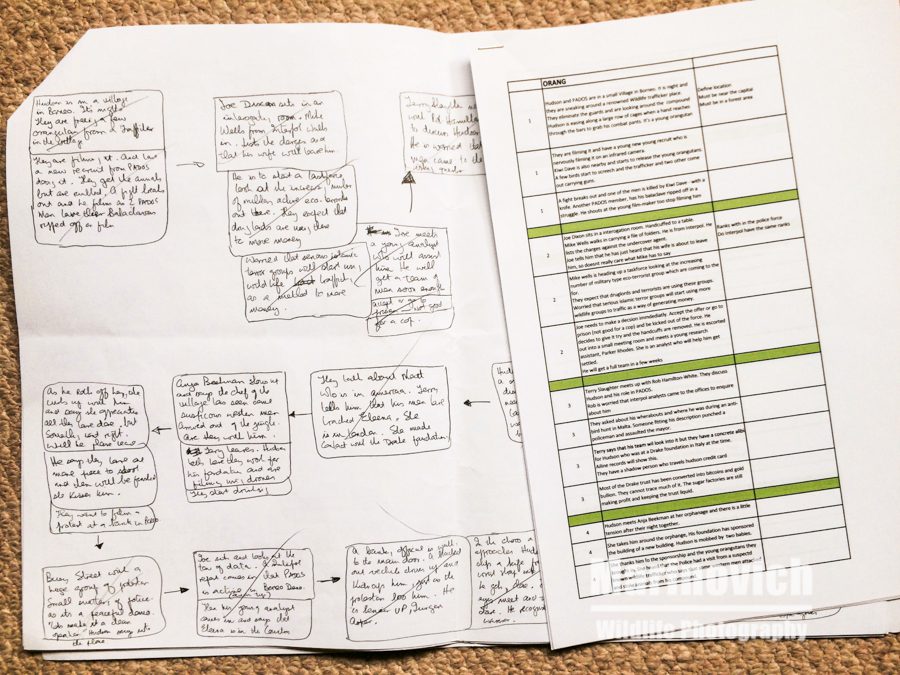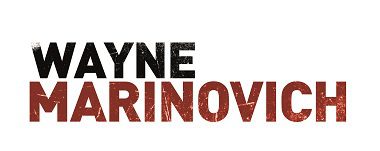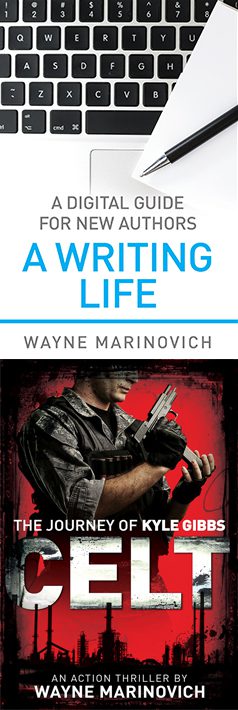- The Pantster
- The Plotter
- Which of the two is the correct way to write?
- So what am I?
Writing any lengthy piece of work will split writers and authors into two camps. There are those who plan each step before they write and then there are those who will mull over an idea for a while, scribble down a few notes before starting to write.
So which type of writer are you?

The Pantster
Simply put, these are authors who don’t work to a set plan. Instead, they might have a notebook full of hastily scribbled ideas and character musings. They might have an idea for the opening chapter or maybe they know how they want the story to end. Some of those notes might even be of a thrilling scene that occurs in the middle of their piece of work.
Regardless of the apparent incoherence of the ideas they have written down in their trusty notebooks, they will sit down and start writing, plucking ideas from their imagination as they type by the seat of their pants.
They might argue and defend their meandering writing saying things like; letting their characters develop and discover their journey, letting the imagination run. They will argue that the imagination should not be curbed by any rigid encirclement. And they are right, we have a fantastic imagination (some might say Muse) that sets about prompting us with ideas and concepts the longer we sit down to write.
Many people successfully publish their books this way.
The Plotter
Plotters are writers who will spend a long time planning, preparing, researching and organising their plots, scenes and characters before sitting down to write. Some might use simple post-it notes on a large storyboard while others might use software programs like Scrivener, Excel or Mindmaps to plan each chapter and scene.
The plotter will outline their novel or novella, on a chapter and scene basis, moving the blocks around to make sure that the story flows in a structured manner, thus ensuring a fluid read.
They will argue that there is no loss of creativity or discovery in their method. The immediate thrill of typing “Chapter one” will have to be postponed for a few weeks or months, but they argue that it is a small price to pay to ensure they don’t end up wandering into dead-end plotlines that pantsters will often experience
Many people successfully publish their books this way too.
Which of the two is correct, pantster or plotter?
Neither and both is the easy answer. I think a lot depends on what you want to produce from your writing.
If you only want to write 2-3 books as a hobby or over an extended period of your life as you go about your day job, then the excitement of the Pantster, who will always be editing, reworking, and culling as part of the process might be the choice for you. If the idea of following your character’s journey, which your imagination will create, excites you then writing by the seat of your pants will be for you.
If you want to write on a full-time basis, then you will have to keep producing a large quantity of published works (maybe a series or two thrown in) to make a living. Outlining and plotting will be more of a benefit to you. It is simply more efficient because you will not disappear into the distance of your story only to realise that you have painted yourself into a corner, and with a colour that you don’t like. This method has allowed me to work on 2-3 books at the same time and here is a hypothetical process.
- Outline book 1
- Outline book 2 (book 1 is then parked up, to allow my mind to refresh)
- Outline book 3 (book 1 and 2 are parked up)
- Write book 1 (book 2 and 3 are parked up)
- Write book 2 (book 1 and 3 are parked up)
- Write book 3 (book 1 and 2 are parked up)
- Rework book 1, etc.
This way I maintain the pressure on myself to keep writing, but also keep the work reasonably fresh.
So, what am I?
I am a plotter and a firm believer in this method because even a small amount of outlining will be of huge benefit down the line. All humans have a skeleton within them that are made up of the same number of bones which looks the same. How wonderfully different we all look on the outside once all the juicy filling has been added. Having an outline is much like that skeleton and will not detract from the end product that you will produce. I believe it will enhance it. It is easier and maybe less emotional to remove or discard a couple of lines in your outline than delete ten typed-up chapters because your character has come to a dead end. Outlining in the end is just more efficient.
Yes, I know it sounds more calculating and may lack the perceived romance of writing. If you want to make it your full-time career and be successful at it, you need to be more calculating in what you do.
To those who say it robs you of creativity, I will happily reply that it doesn’t in any way. There is not much detail in the outline when you first start out. When you get to plan (and sequence) the scenes, you might only write down a few pointers, but that is just to add clarity. At the end of the plotting process, I have the Chapter breakdown with 1-3 scenes that I want to happen in each chapter. My imagination first outlines the whole story and then allows me to come up with all the juicy bits within the plot.
I can write a novel in 6-8 weeks because the planning allows me just to keep on writing once I get started. Remember, I might spend the previous 3-4 months outlining, researching and plotting each main character through the whole story.
Sure, things may change a little as you write, but any significant changes should only happen when you get your manuscript back from your editor. I am still studying my craft and maybe in ten years’ time I could sit down and write a novel without structuring and planning it first, but that will be 12-15 books away.
Finally…
Scott Fitzgerald always talked about putter-inners and taker-outers, and that leads to another debate about how you write? Do you write quickly and then put in the details and descriptions after that, or do you write slowly and elaborately then take stuff out during the editing stage. Let’s leave that for another day.
To receive more articles as well as FREE booklets and paperbacks, why not subscribe to my weekly email. JUST CLICK HERE.









